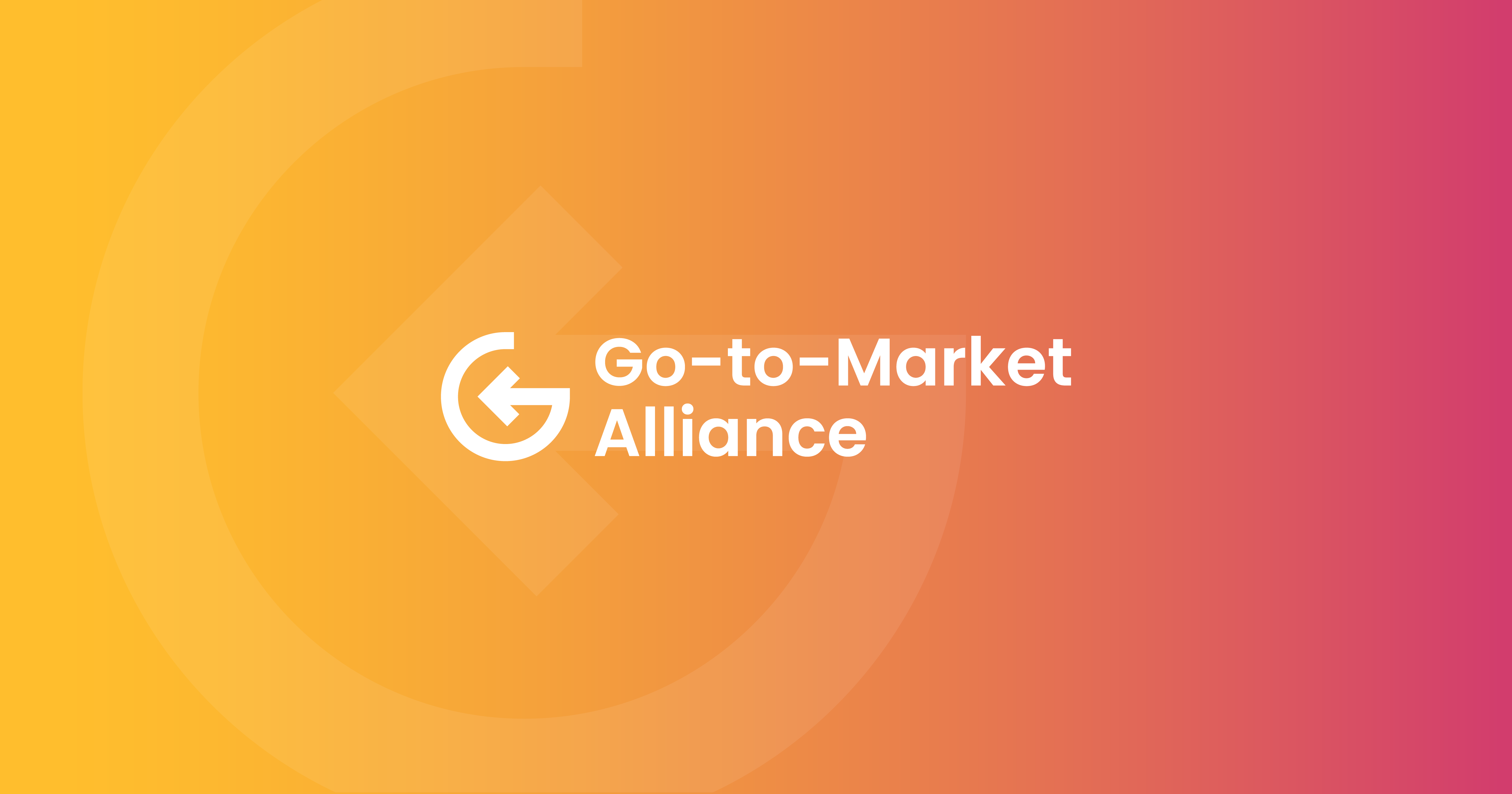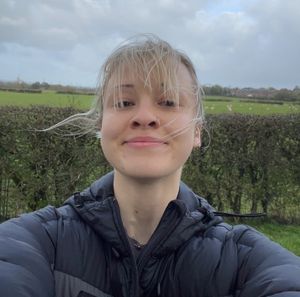Good positioning is all about knowing your target audience, understanding how you can make your product essential to them and finding that all-important product market fit. The intended effect? You graft your product onto a consumer’s life so effectively they can't imagine living without it.
But, like with all marketing lingo, this can be hard to get your head around in practice. So let’s take a look at some of our favorite examples of companies really nailing their positioning and how they did it.
Curio
Curio is an app that allows users to listen to articles from leading news publications. It’s a neat idea, but off the bat, you might be wondering how much demand there really is for this. I mean, why not just read your articles?
But that’s where great positioning comes in. Curio is built primarily as a benefit that companies can sign their employees up for. We’re increasingly seeing these kinds of integrated benefits pop up in the market, and it’s a really smart way to tap into a market.
Ask yourself, what kind of person needs to fill their workday with audio content? What kind of person typically likes to consume a lot of journalistic content? The answer to both is probably someone like yourself, who primarily works at a desk in a corporate role.
And by pursuing the corporate benefits article, Curio can put their product directly on those with the most use for it on a large scale.
Crayon
For this example, we’ll be zeroing in on the company name. Crayon is a competitive intelligence company that allows you to track competitor data and, in their words, ‘enable you revenue team in real-time’. Read that sentence back and pay attention to the keywords. Competitive, track, data, and revenue.
The theme here is scientific, everything evokes numbers, graphs, data, etc. But what word doesn’t fit in here? Crayon.
Crayons aren’t an exact or precise tool, but they are a creative one. With this brand name, Crayon position themselves as not just your average techy data nerd with a graphing calculator, but as a brand that applies creativity and thoughtfulness to their processes. It's the left and right brain working together, and it gives the company a far more modern and approachable look.

Oatly
Hopping off of the B2B SaaS train for a second, let’s take a look at everyone’s favorite alternative milk brand. There are so many different brands of oat milk and alternative milks beyond that, but Oatly have a firm hold over the market as the ‘nice’ one. And since their launch the 90s, they’ve been able to branch into non-milk products like cream, ice cream and soft cheeses.
Oatly markets itself as ‘the original oat drink company’, and this is part of its success. Being the original of something does give you an advantage over later products which tend to be viewed as knock-offs or mimics. But it’s more than that.
Oatly’s products closely resemble the offerings of dairy milk companies. There’s full fat, semi-skimmed, light. And there’s also the barista editions. They’ve built a premium level into their branding, creating the perception that what they’re offering is a luxury.
Alongside this, they use neutral, clean earth tones for their packaging, appealing to the climate-friendly sensibilities of their target consumers. And again, this modern design plays into the notion that this is a luxury good, not your bog standard supermarket product. Oatly have turned something very simple and inexpensive into luxury produce.

Innocent smoothie
Similar to Oatly, Innocent have positioned their brand around environmental impact, being good to yourself and to the planet. When you buy it, you’re not just choosing a product, you’re choosing a lifestyle.
Innocent are open about their carbon footprint, the sustainability of their packaging and actively encourage other companies to move to more climate-friendly practices. And everything, down to the font they use on their website, evokes innocence. They’ve positioned themselves as friendly, wholesome, a healthy choice for you and your world.
Now, this won’t appeal to every audience, but if you can identify what your target audience cares about you can launch initiatives to appeal to their sensibilities and encourage their loyalty to your brand.
Davinci Resolve
This example is somewhat hard to replicate if you’ve not got an original product, but Davinci’s positioning revolves around the fact they’re the only company that’s brought editing, color correction, visual effects, motion graphics and audio all under one roof.
While this might seem like an easier said than done example, it’s not just about what Davinci has, it’s how they show it. Yes, they’ve built a product that resolves a user’s pain point. But beyond that, they’ve identified an aspect of their product that gives them a competitive edge and built their positioning around it.
They’ve identified their target audience as younger professionals, tech-savvy individuals who prioritize efficiency and convenience, and they’ve made that the focus of their branding.
You may not have the ability to offer an entirely unique product or service, but you can figure out what will set you apart for your target audience and hone in on it to build your positioning strategy.
Gong
Gong are problem solvers, and they make that clear the moment you land on their website. Their product is all about giving you clarity on what’s going on with your deals and consumer behavior.
How do you know they’ll deliver? Because their positioning is based on providing straightforward answers to your questions. This is a company that’s built itself on the belief of being user-friendly, easy to engage with and, quite frankly, more fun and lighthearted than other companies in their field.
Gong’s CEO has made an active effort to be a fun and engaging brand. The result? A more human experience that inspires trust in users who know they can expect clear communication and an experience that balances a relaxed environment with effective and professional services.
Nike
How could we discuss branding without talking about Nike? With all the possibilities to choose from when it comes to sports gear, Nike has consistently and easily stayed at the top of the game since the 70s.
Why? Because Nike isn’t just about products. It's about an attitude, an identity, and about successfully capturing both the innovative, technical end of the market and the high street. Strategically placed endorsements over the years, Michael Jordan, Christiano Ronaldo, and LeBron James, have all helped to position Nike as the favorite brand of professional athletes.
And so we, as consumers, buy Nike thinking that we’re getting the same products as some of the most famous sportspeople in history. Built into the Nike branding is the idea that with them you can become this elevated, better version of yourself you hold in your mind's eye. You can reach the heights of the Michael Jordan’s of the world.
So what can we learn from this? Capture your audience’s imagination. Show them not only what life looks like with your products, but who they can be. Give them an ideal to aspire to and then provide the solution that’ll get them there.

Lucy and Yak
If you’ve read any of my articles before, it’s no surprise this brand is featuring here. Lucy and Yak are an organic and sustainable clothing company, but they’ve positioned themselves as a community, creating meeting places for their customers online and in their stores.
Their audience is relatively niche, but incredibly loyal, and the company has grown hugely over recent years, opening three new stores in the last quarter of 2022. For a small independent clothing store from Brighton, that’s pretty unprecedented.
The brand's online following is global, and yet they still present as a friendly, local brand. This can in part be attributed to the fact they hold events in their physical stores after hours and have effectively positioned themselves as a community space rather than just another shop.
Lucy and Yak appeal to the concerns of their target audience by forefronting issues of sustainability, slow fashion and inclusivity, as well as being open about their business practices to foster a sense of authenticity.
Starbucks
In terms of brand ethics, perhaps the complete opposite of the example above, but you can't deny Starbucks’ success (we’ll put the offshore tax evasion to one side for now).
Similar to Nike, Starbucks is an OG brand that's been around a long time, and that comes with obvious advantages. When it comes to brands that stick with people, it's not necessarily about doing it best so much as it’s about doing it first.
However, many brands have sprung up in opposition to Starbucks and have been successful, so how has Starbucks’ branding kept them in the lead? Put simply, gimmicks. Pumpkin spice lattes in October, red cups for the holidays. Starbucks has invested in branding that promotes novelty and makes consumers associate times of the year and seasonal events with their products.
And they price themselves slightly above other coffee chains, just enough to force the perception that they’re delivering a better quality product without creating a barrier to entry. Smart, simple, effective.
HubSpot
Finally, we’ll end with a company that most people in our field know and love. HubSpot is now fully fleshed out as a software platform built to support all aspects of inbound marketing, a term the company itself is considered to have coined. Originally an email marketing tool, it had the advantage of being one of the first companies of its kind when it started.
Now, HubSpot’s kept ahead by integrating the range of inbound marketing software they now offer into one platform. But more importantly, they’ve positioned themselves as more than just a software tool.
The freemium side of the site sets HubSpot up as an educational community. The relationship between brand and consumer isn’t wholly financial, there’s a lot of value to be found on the free side of the site. This strategy softens the blow when it comes to converting free users to paid up members, because there’s already a relationship established between brand and buyer.
So, that’s a wrap.
Now you’ve been inspired by the positioning greats, it’s time to go off and make your own. 💪
Need more help with positioning?
Our positioning masters is the course for you:

You’ll learn:
- The ins and outs of strategic positioning.
- How to position for growth.
- Why and how to reposition your brand.
And much more.






